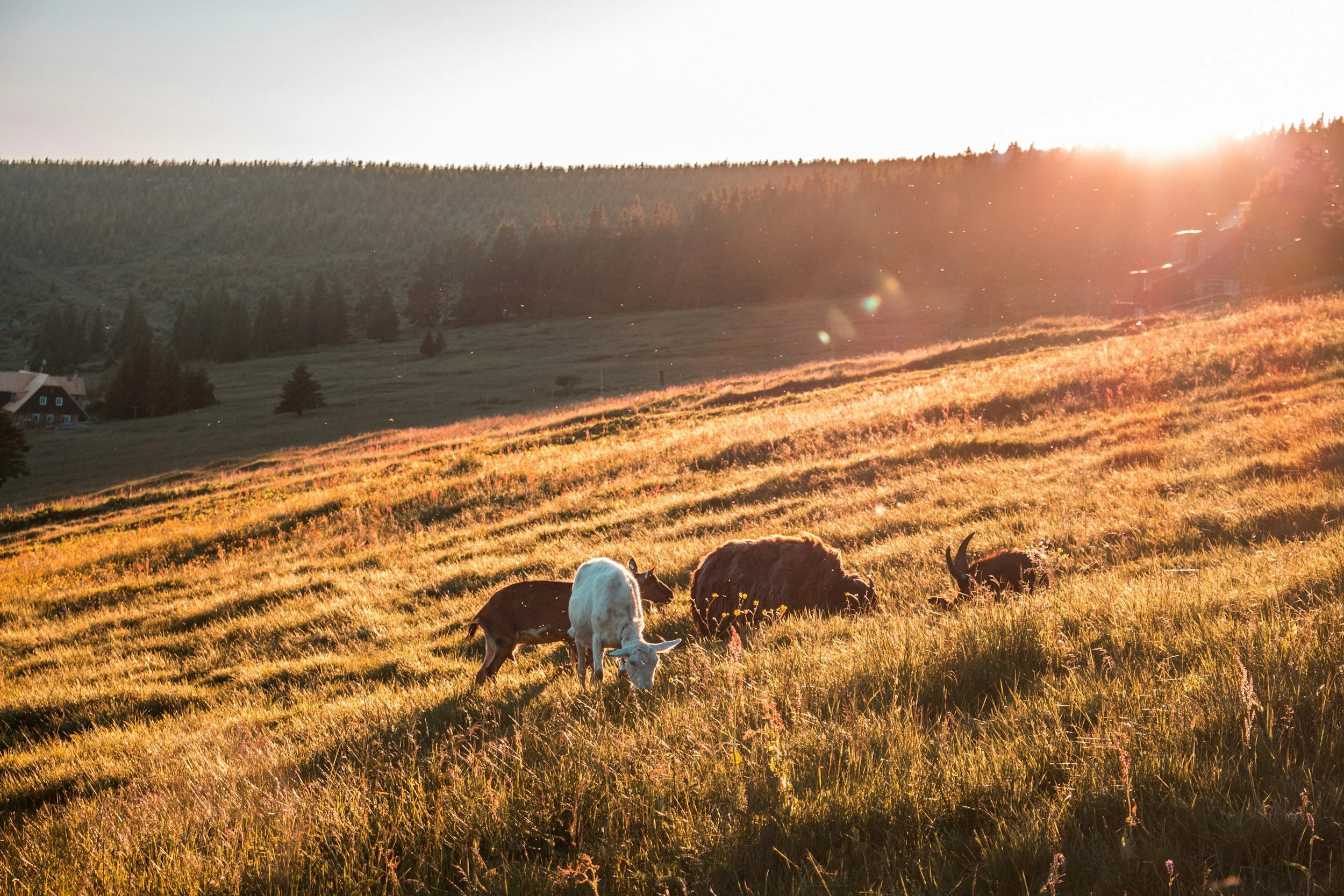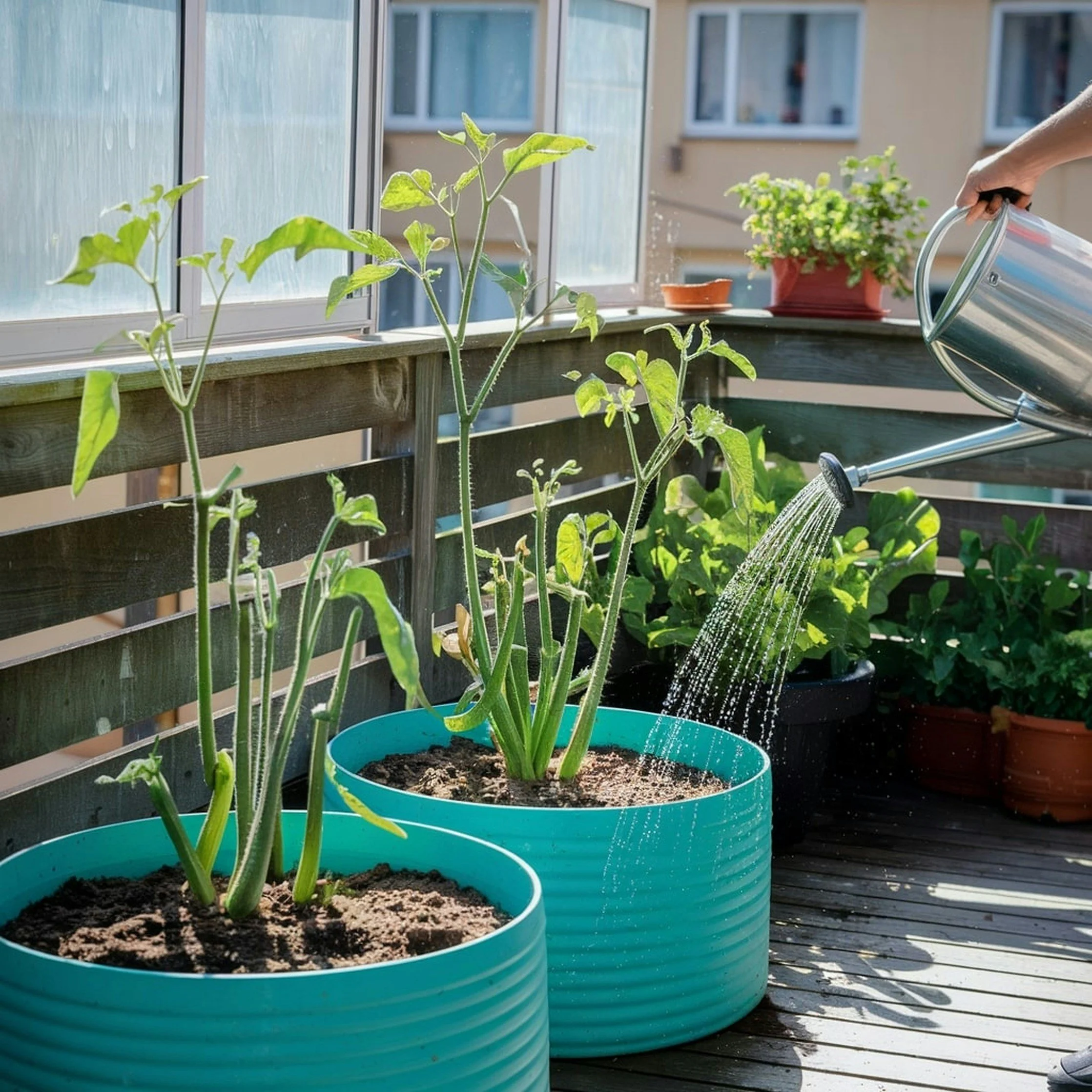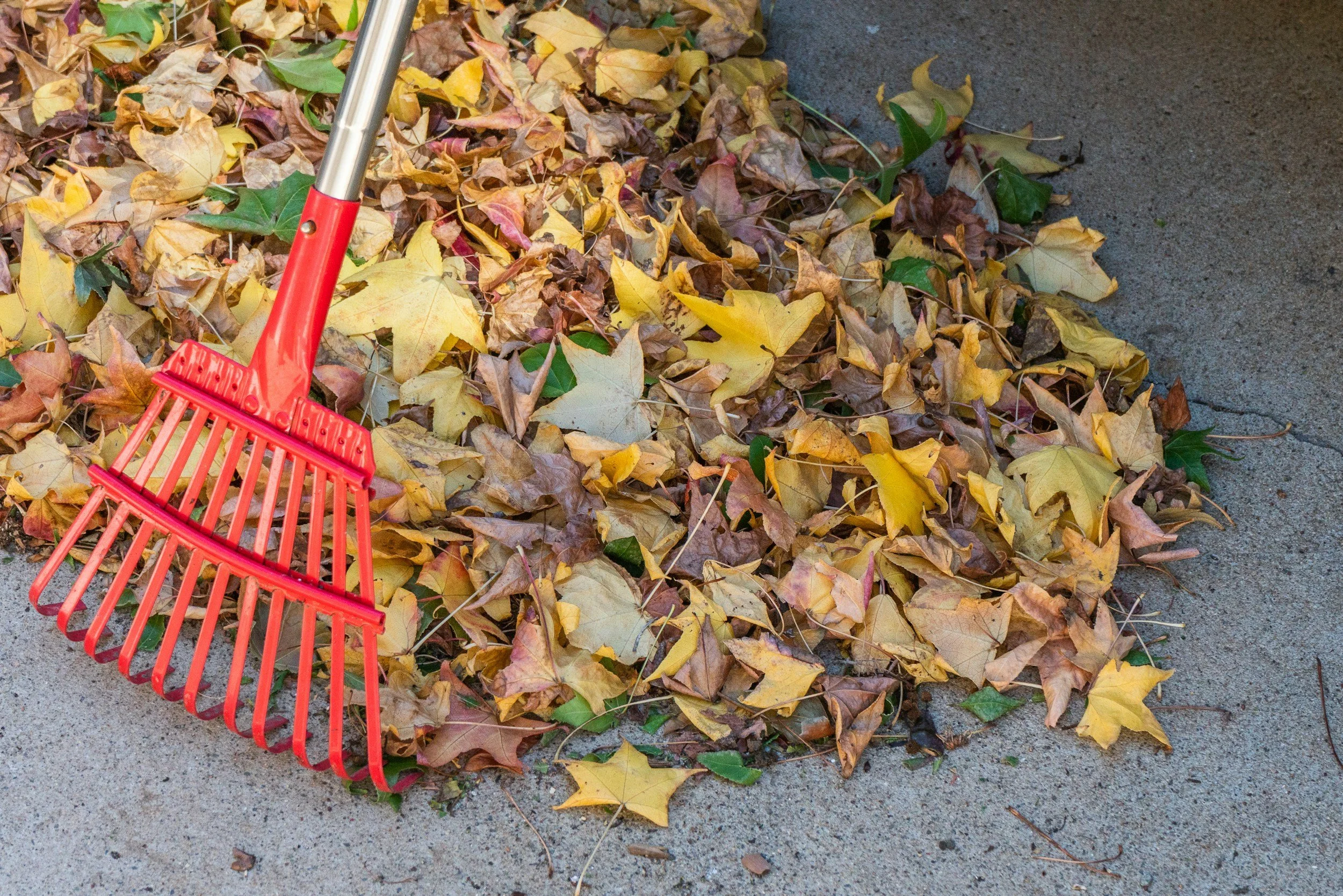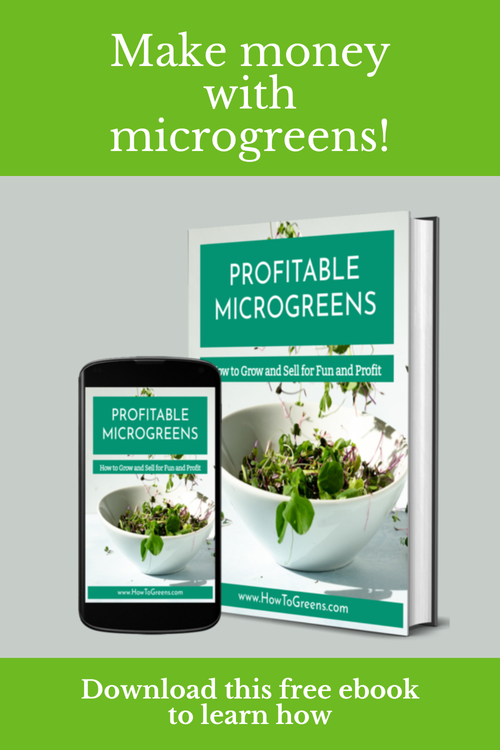8 Things to Know Before Choosing Wheat Seeds for a Better Harvest
/Did you know that wheat is grown on over 40 million acres in the U.S. each year? Yet not every farmer gets the same return per acre. If you wonder why, then you should know that one of the biggest factors behind the productivity of crops is the quality and type of seed used.
In fact, seed choice isn’t just a pre-season checklist item. Instead, you should think about it clearly because it can create ripple effects through your entire yield. Plus, your choice of seeds affects your grain quality, disease resistance, harvest window, and, ultimately, your profitability.
But with so many varieties and marketing buzzwords, making the right call can be overwhelming. Well, no worries! If you're ready for a strong season, here are eight practical things to consider before you pick the seeds for your field.
1. Know Your End Goal
Before making any decision, ask yourself a simple but potentially game-changing question: What am I growing this specific crop for? Is it for:
Bread-quality grain?
High-protein baking uses?
Livestock feed?
More production?
For example, consider one type: hard red spring wheat. It is ideal for high-protein needs. Another option is the AAC Wheatland VB variety. This is a solid fit for farmers looking for more productivity.
Similarly, different types of wheat fulfill different needs. In short, your market dictates your seed choice.
2. Partner With a Reliable Supplier
The best seed isn’t just about the bag. Instead, it is about the team behind it. That’s why you should look for a supplier that:
Understands your acreage and goals,
Can walk you through a variety comparison, and
Has a proven reputation for quality
Simply put, farmers should rely on producers who offer top-performing seeds and provide real support. So, take time to connect with such reputable seed providers. They genuinely know their product and care about your yield. Last but not least, to buy the best quality wheat seeds for your land and your market, it’s worth starting those conversations early. This way, you get the best product.
3. Check the Suitability for Your Region
No doubt, you could plant the best-rated seed on the market. However, if it’s not adapted to your local climate and disease pressure, you’re working uphill.
Therefore, you should look for:
- Varieties bred for your growing zone,
- Resistance to common regional diseases (like rust or fusarium),
- Tolerance to local weather extremes—heat, cold snaps, or drought,
- Maturity rate that fits your planting and harvest window.
Some trusted seed producers often focus on regionally-proven varieties. Considering that, you should search for these varieties. They will be, for sure, suited for the required climates and, of course, markets.
4. Focus on Yield Potential
A glossy flyer can make any seed sound like a miracle. But what matters is what it yields. This is why ask your supplier:
What's the average yield in local trials?
How does it perform in less-than-ideal years?
Are third-party test results available?
High-quality seed producers will be transparent about what their product can do, plus under what conditions it performs best.
Did You Know?
Some premium seed varieties consistently outperform standard blends and promote yield when planted under similar conditions.
5. Dig Into Seed Purity and Germination Rate
Don’t just focus on variety—look at the condition of the seed you’re buying.
High-quality seed should have:
- High germination percentage (typically above 90%),
- Minimal weed seed contamination,
- Proper treatment for early-stage disease and pest protection,
- Good kernel size and uniformity.
All of these play a role in strong emergence and early vigor, which lead to a more even, productive crop.
6. Flavor Profile Matters for Specialty Markets
If you're growing for specialty buyers, bakers, or artisanal markets, don’t overlook flavor.
Taking forward the type mentioned in the first pointer, hard red spring wheat has a nutty, slightly bitter profile and produces a darker flour than white wheat. That unique flavor and texture make it a standout for artisan bread, pizza dough, and pastries.
So, if you’re targeting niche or premium buyers, flavor characteristics should absolutely be part of your final decision.
7. Understand Your Crop Rotation and Soil History
Your current seed decision isn’t just about this year’s wheat. Rather, it’s also about what’s happened in your soil over the last few seasons. Ask yourself: Has the land recently hosted legumes? Was there a heavy corn rotation? Or maybe you've faced soil fatigue?
This is necessary because your previous crops influence:
Nitrogen availability (legumes often improve it, corn depletes it)
Pest and disease pressure
Soil structure and compaction (both of which affect germination success)
By aligning seed choice with your field’s history, you can avoid surprises and improve efficiency. Some wheat varieties perform better after pulse crops, while others handle tough soil recovery better. Ask your supplier about options tailored to your land's recent story.
8. Consider Planting Flexibility and Seeding Rate Options
One underrated factor in seed selection is how flexible the variety is at planting time. It is well known that the weather doesn’t always cooperate. But if your seed can still establish well in a slightly delayed window—or respond well to varied seeding rates—you have more control.
Ask questions like:
Can this seed handle slightly later planting without severe yield penalties?
Does it respond well to a higher or lower seeding rate based on soil moisture?
What’s its ideal seed density per acre?
This allows you to fine-tune planting decisions based on real-time field conditions rather than sticking rigidly to a single calendar date. In short, flexibility means insurance for unpredictable weather.
Conclusion
Your wheat seed choice sets the tone for your entire season. It influences everything from crop health to grain quality to bottom-line profits.
But here’s the part most farmers forget: Your seed decision isn’t just about this year. It’s about building a consistent, high-performance system that carries into the next season and beyond.
So, instead of just grabbing whatever’s in stock, take a few hours to research, compare, and ask better questions. Choose a seed that fits your fields, your goals, and your buyers. That’s how you set yourself up.
About the Author:
Olivia is a digital marketing expert at Outreach Monks, crafting successful strategies for clients. She's a valuable contributor, sharing content and insights on industry updates. Olivia's articles offer a fresh perspective on emerging trends. Her passion for the field is evident in all her contributions.
You may also be interested in…








































